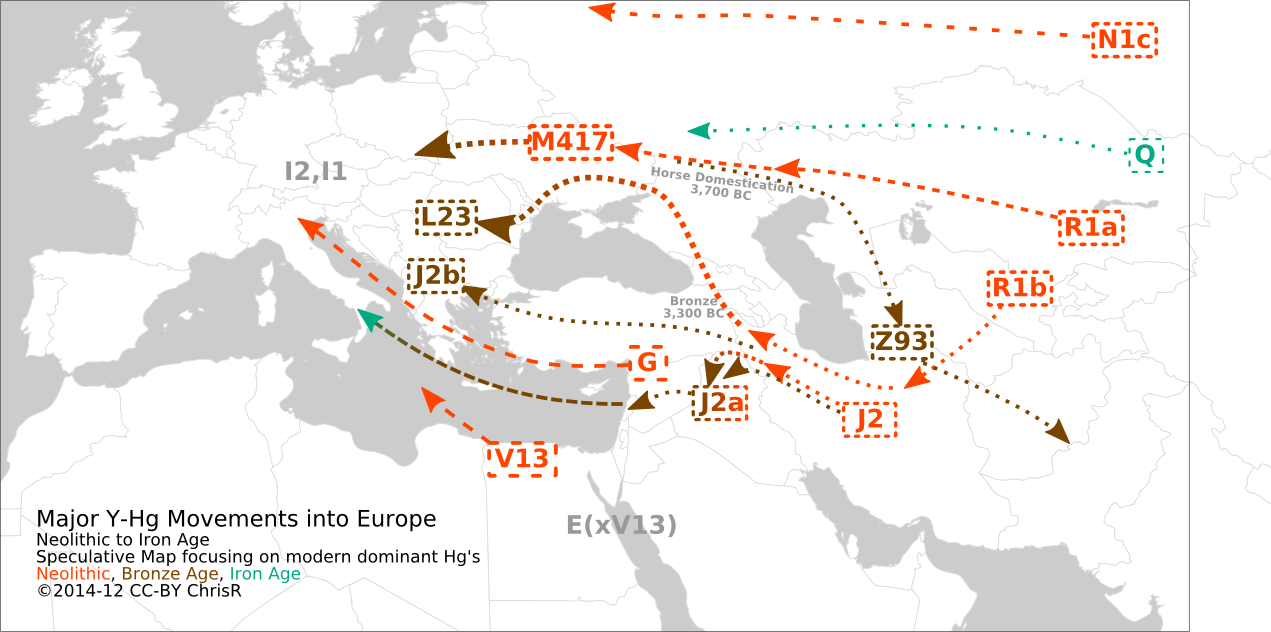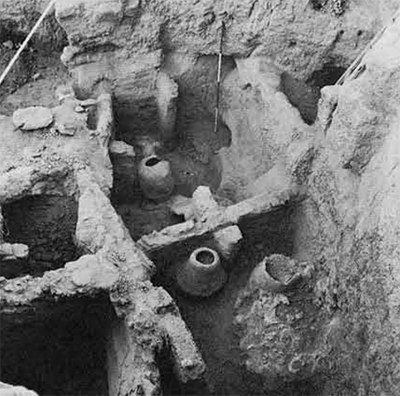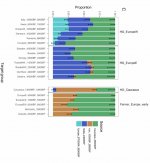As I posted on my thread, I think balkan tradition was formed thru celt and chariot migration around 1,600bc:Luri Dance:
Albanian Dance:
["Anyway, chariots, socketed weapons of SeimaTurbino type, and tin casting technology were actively used by representatives of Early Andronovo and later Karasuk societies. These set of innovations rapidly spread to all contact areas, where steppe clans interacted with ancient sedentary civilizations, and contributed to formation of Turanian, Chinese, Balkanian, and Iranian channels of communication [see: Novozhenov, 2012b:114-145; 2012d: 44-67; 2013: 100-117; 2013a; 2014a:18-267]."]


And chariot and wagon burial culture migrated to south Caucasus. Now we know that so many Hg I popped up in the south caucasus since mid-bronze. So I think cultural similarity happened,
Armenia:
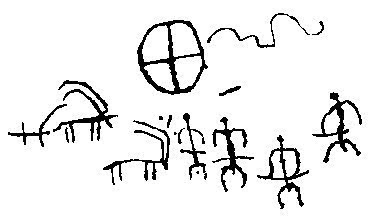

"THE IMPACT OF ANCIENT ARMENIAN TRADITIONS AND WORLDVIEW ON THE COGNITIVE CORE OF NORDIC CULTURE"
http://www.iatp.am/vahanyan/articles/scandinavia-en.pdf

That migration is unstoppable:
south asia

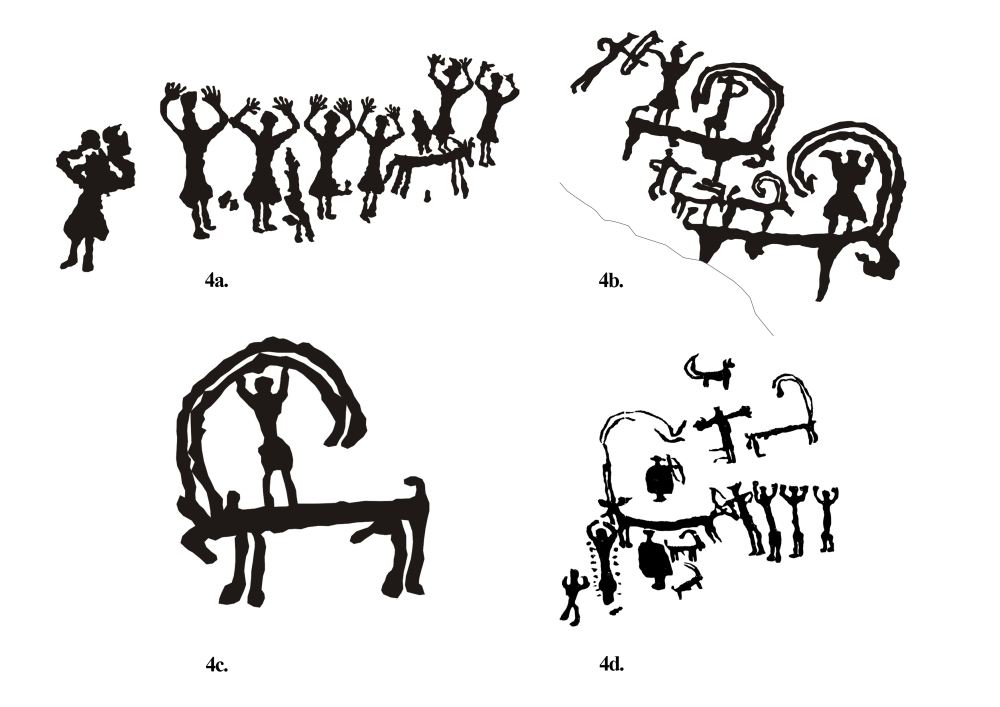
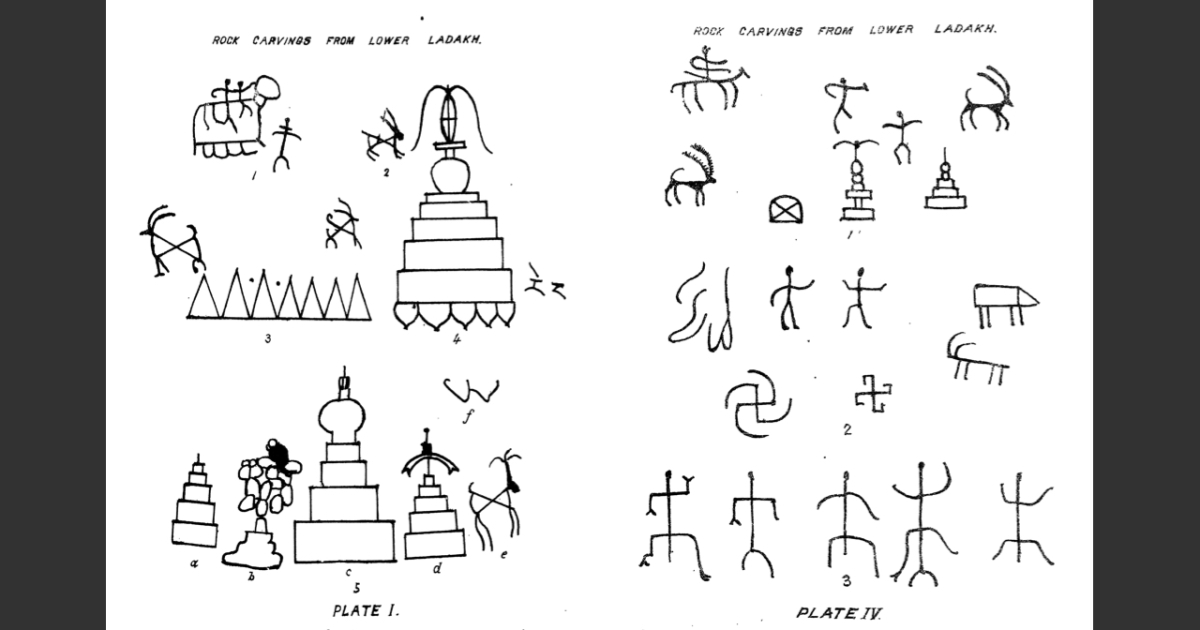
Finally china bronze, so it is difficult to be proved by population genetics. Whole eurasia cultures seem to be mingled around 1,500bc. However, I always think that it looks like mongol empire.:
Ancient chinese oracle bone script of sky (天 tian):
["This horse-drawn chariot is ·a technically sophisticated. artifact requiring special skills and resources for its construction, use, and maintenance. Two specific features of Anyang chariots are the large number of wheel spokes (from eighteen to twenty-six. as compared with four, six, or eight in the Near East) and the mounting of the axle not at the rear edge of the box, but midway between front and back. In western Asia both features are known only from mid second-millennium chariots buried at Lchashen in the Caucasus, and for the moment these are the closest relatives of Anyang chariots, indicating a strong influence from those areas."]
P.s
america indian shaman

my thread:
https://www.eupedia.com/forum/threa...ained-without-mentioning-Seima-Turbino/page6?
Last edited:


